Range Rover Velar returns to spotlight at New York
The new Porsche Macan rival sits between the Evoque and Range Rover Sport and is the brand's most road-biased model yet
-
The all-new Range Rover Velar, the fourth member of an expanded Range Rover family, is described by its chief designer as the most “car-like” model the off-road brand has produced.

On show at the New York motor show, the Velar is underpinned by the same technology as the similarly sized Jaguar F-Pace.
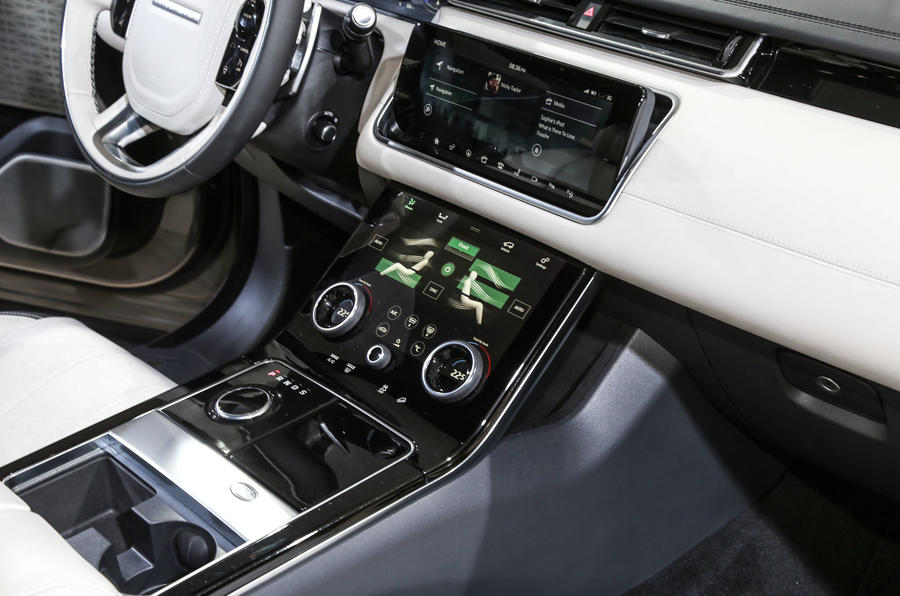
It will slot between the Evoque and Range Rover Sport in Land Rover’s range.

The Velar will be priced from £44,830 and go on sale this summer. Land Rover’s new Porsche Macan rival is called “the most car-like Range Rover we’ve done so far, but just as capable” by Land Rover design director Gerry McGovern. “It’s a new type of Range Rover for a new type of customer,” he added.
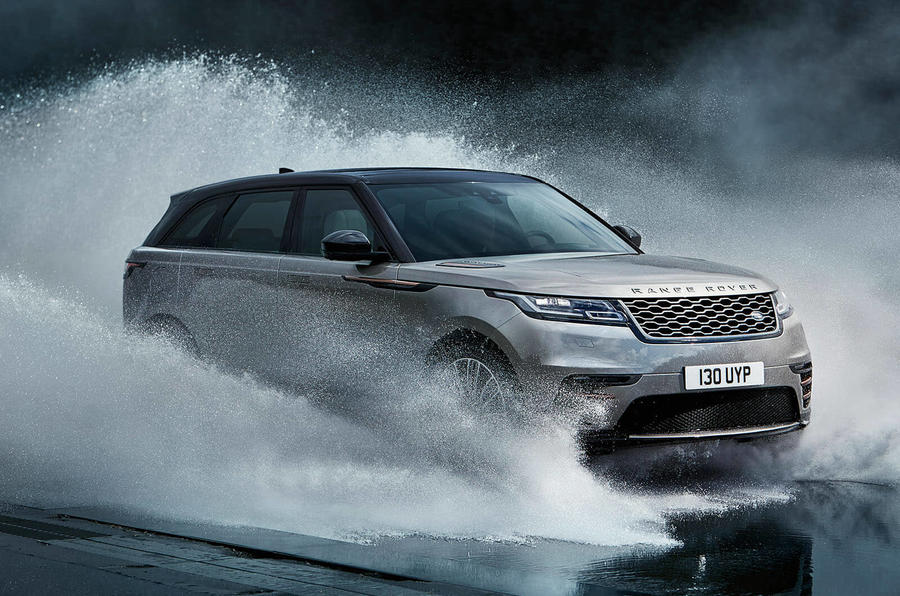
Since releasing a so-called teaser image one week ago - a picture of the Velar from above with a panoramic sunroof showing some of the dashboard and screen set-up...
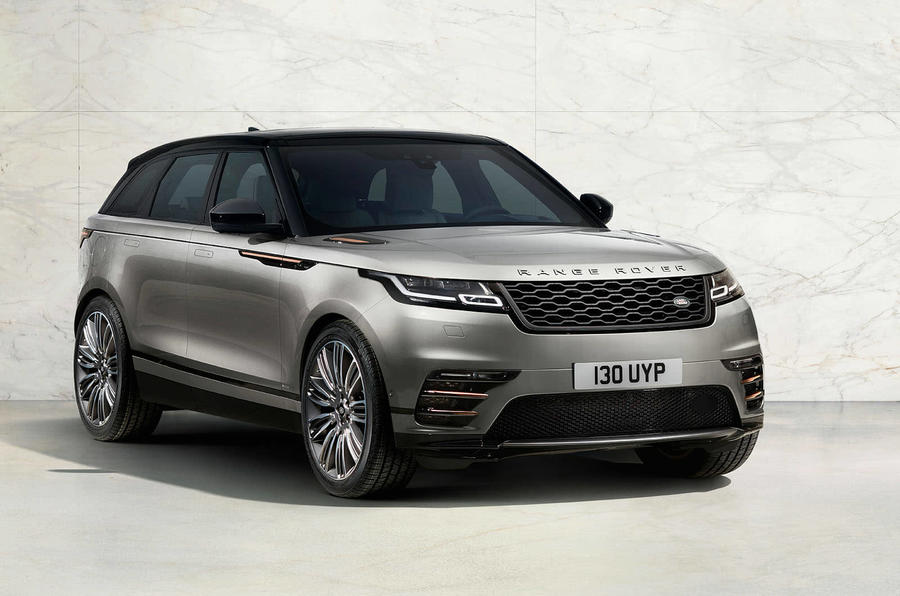
...40,000 customers have registered interest in the model with 12,000 of those in the UK, according to Land Rover.

The car also ushers in a new, more high-tech Land Rover interior design that is expected to be rolled out across the rest of the range as the next generation of models is introduced.

The Velar shares its 2874mm wheelbase and aluminium architecture with the F-Pace...
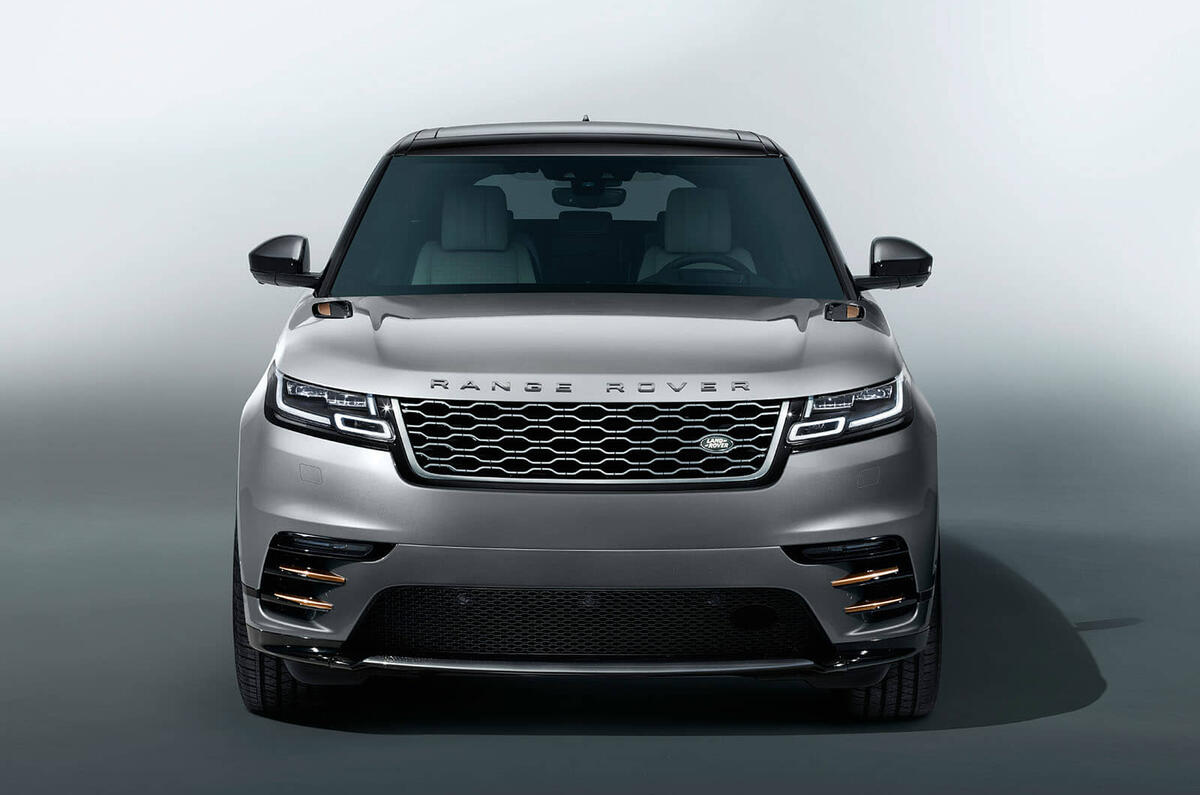
...alongside which it will be built at the Solihull plant of Jaguar Land Rover (JLR).
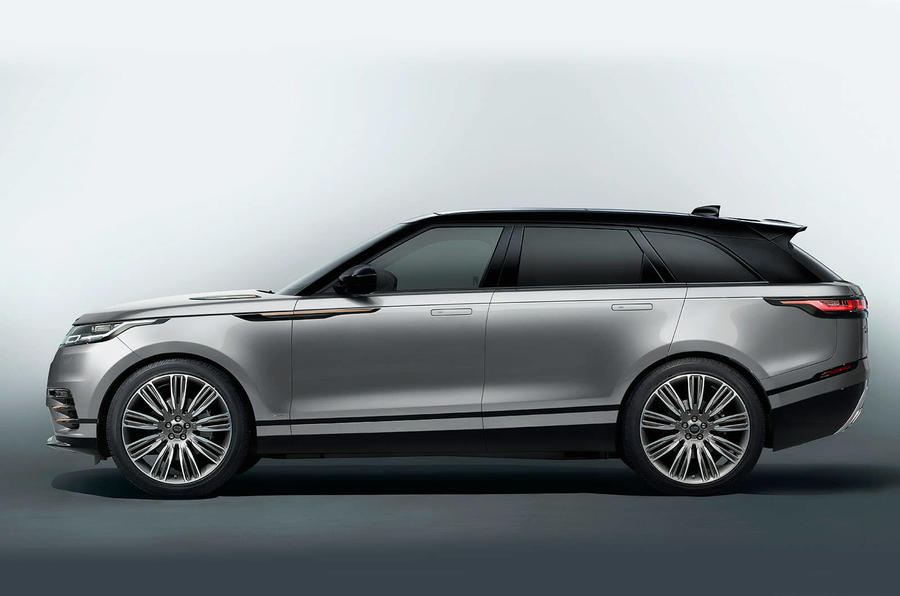
Unlike the F-Pace, the Velar is all-wheel drive only and comes with Land Rover’s full suite of off-road technology, including Terrain Response 2. Wade depth is 650mm.
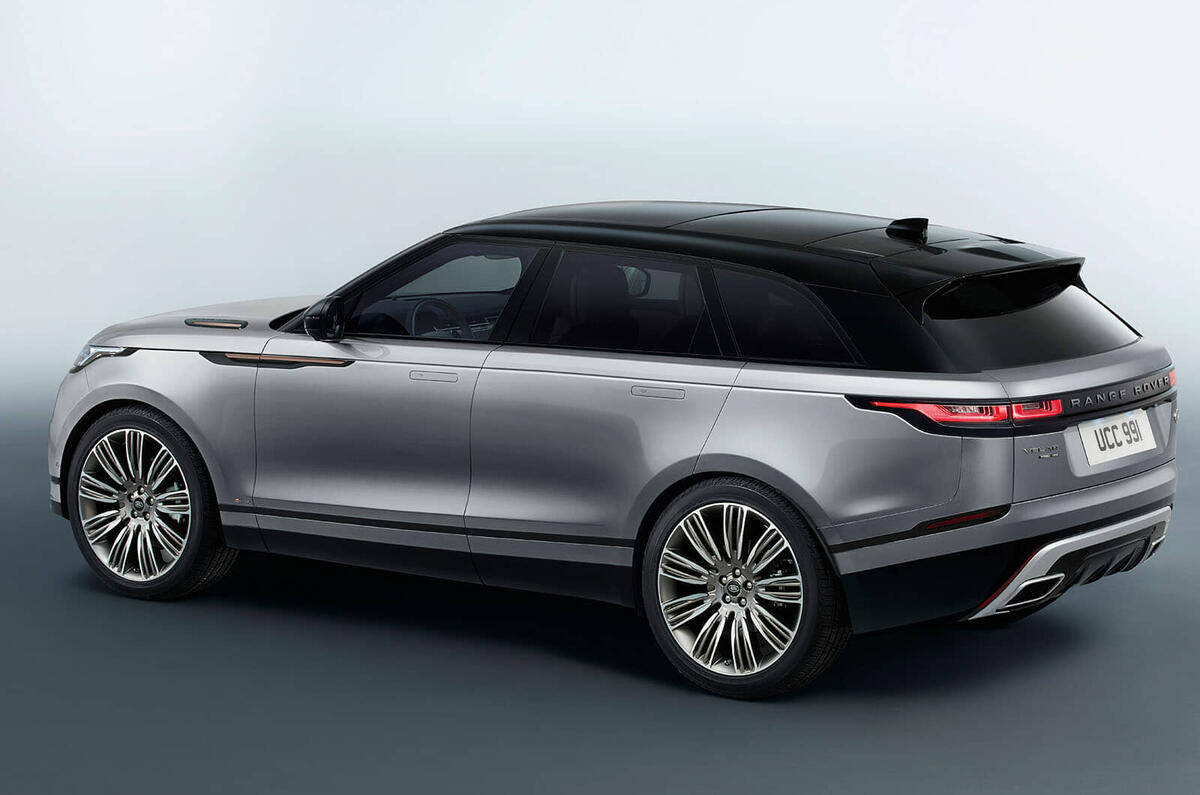
The Velar is also a touch longer than the F-Pace, at 4.8m.
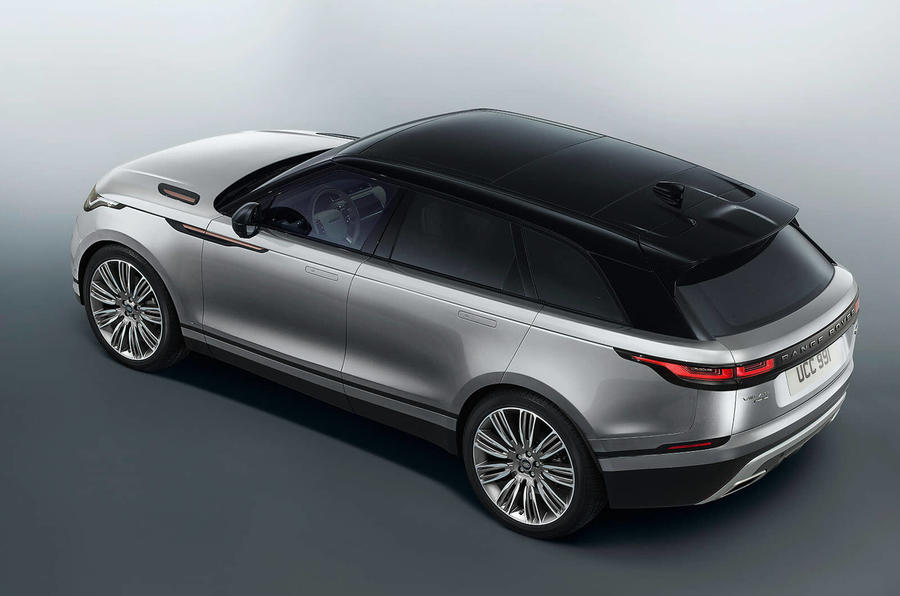
While the model is fully capable for off-roading, it has been developed as the most road-biased model yet in the Range Rover line-up.
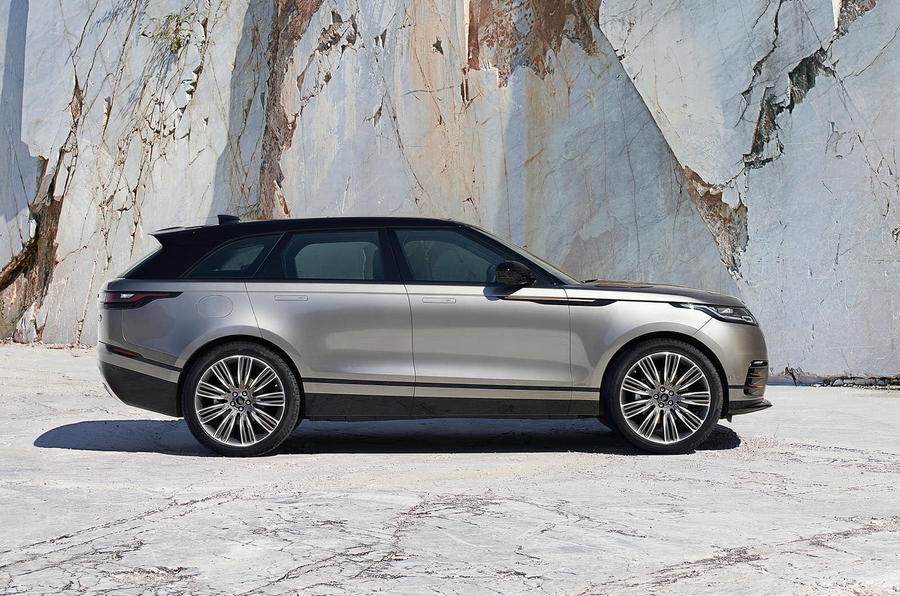
"As a mid-sized SUV, it has less inertia [than larger models in the line-up]," said David Doody, vehicle programme director. "It's a lot more agile. The intention is that it's a lot more sporty than a full Range Rover."
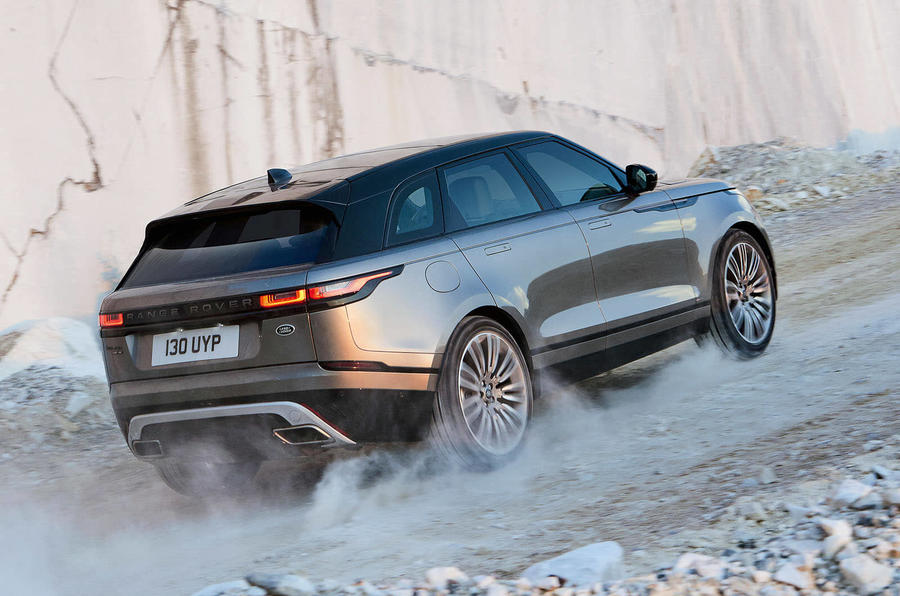
Buyers will be able to choose from six engines, each driving through an eight-speed automatic gearbox. There’s a base 2.0-litre four-cylinder Ingenium diesel unit in 178bhp and 237bhp guises.
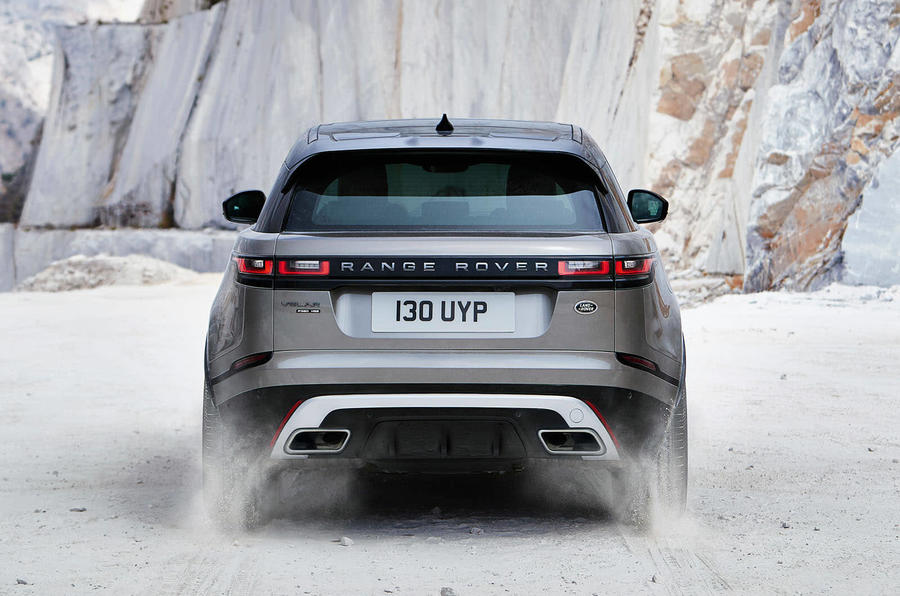
The entry-level petrol engine is a new 2.0-litre Ingenium unit with 247bhp. A more potent 296bhp version of this engine will follow by the end of this year.
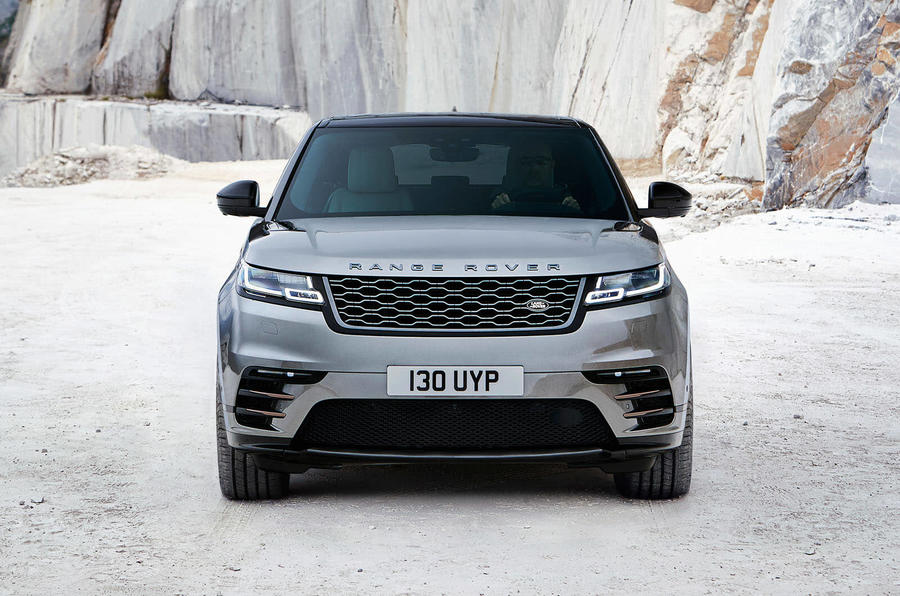
The V6 range-toppers are 296bhp diesel and 375bhp petrol engines. The petrol V6 is supercharged — the only non-turbo engine in the range — and will power the Velar from zero to 60mph in 5.3sec.
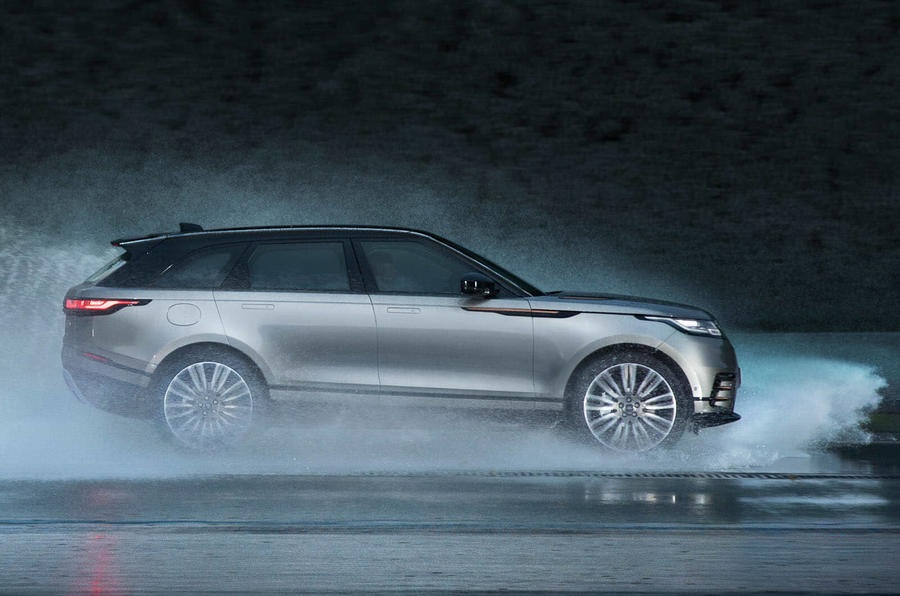
At the other end of the scale, the entry-level diesel is the most efficient, with CO2 emissions of 142g/km.
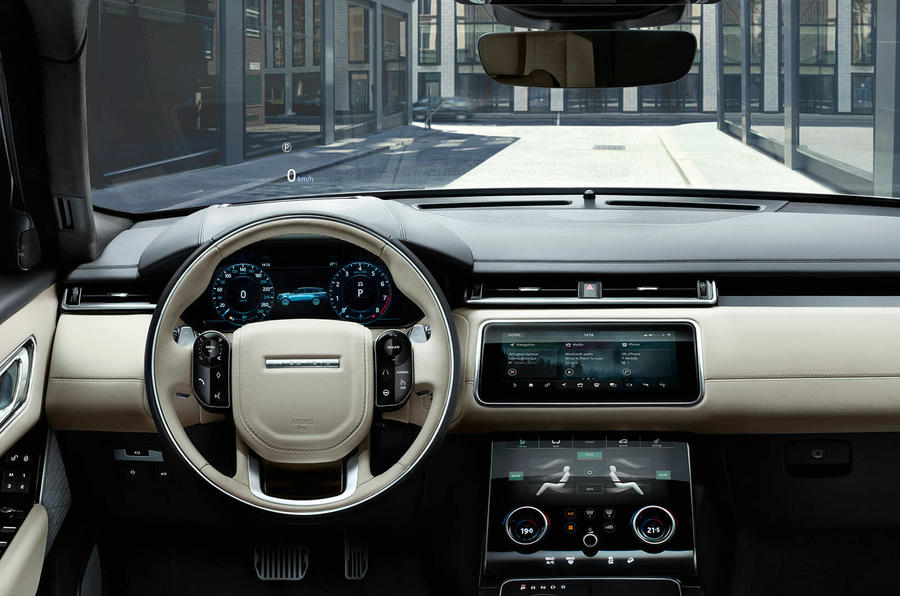
In time, JLR’s Special Vehicle Operations (SVO) arm is expected to turn out its own versions of the Velar. McGovern said SVO would typically create one special model per range, as seen with the potent SVR version of the Range Rover Sport and the more luxurious SVAutobiography version of the Range Rover.
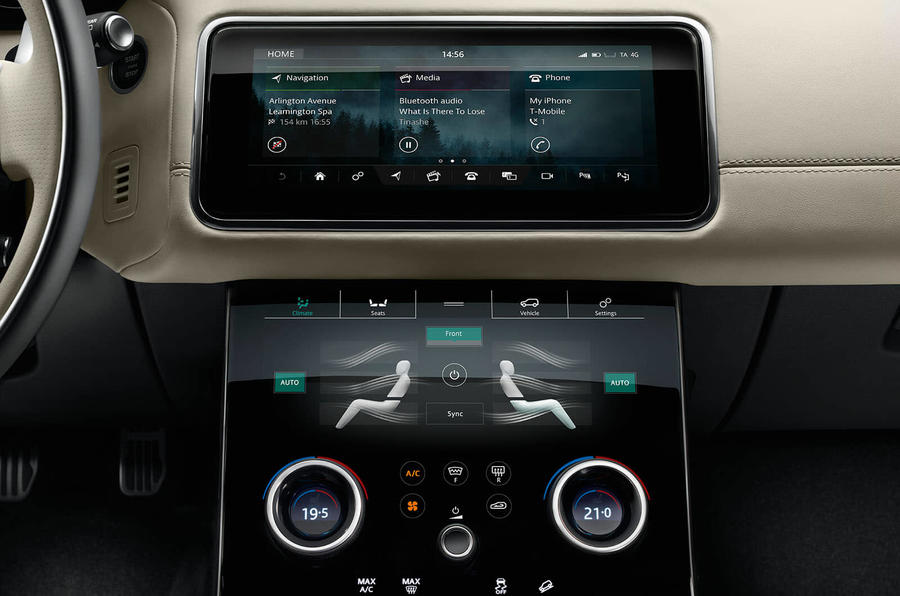
However, McGovern said the Velar’s broad remit and character potentially allowed for both more luxurious and sporting versions of the Velar.
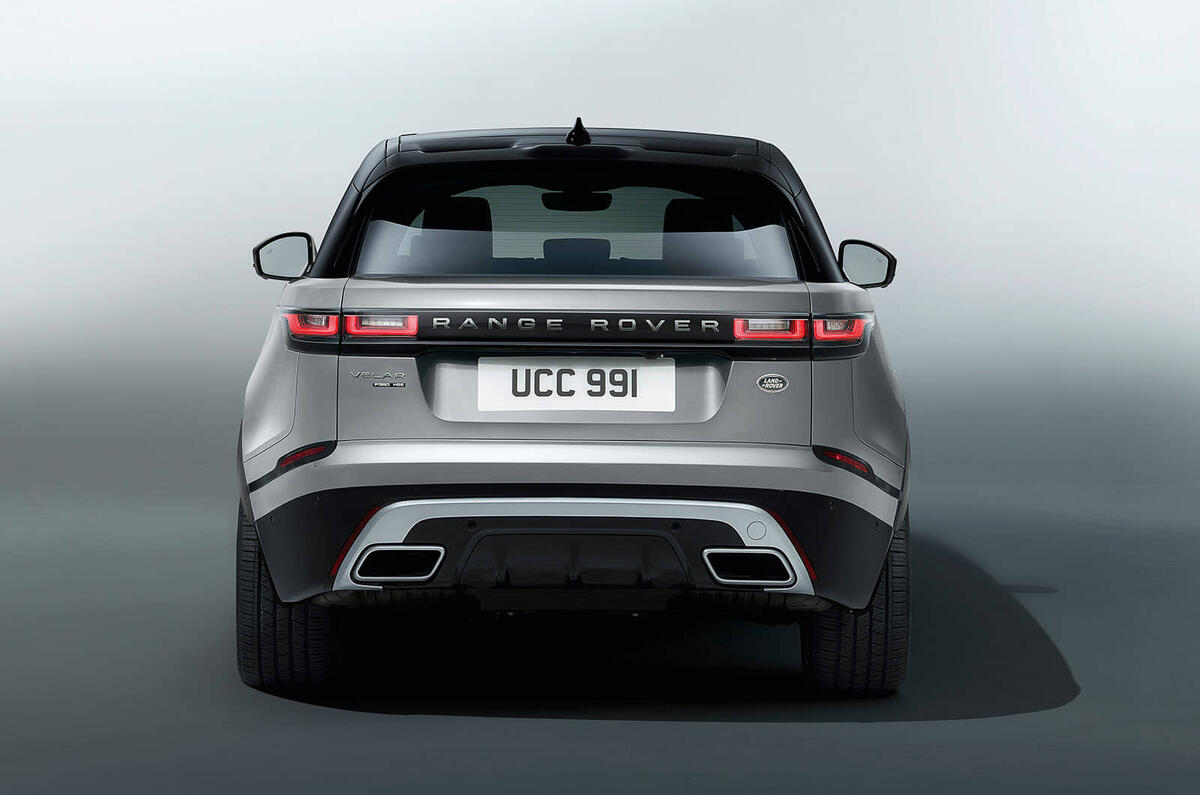
McGovern called the Velar’s look a “masterclass in design reduction”. He said: “It’s reduction by design and engineering. If something is on the car, you take it off and it makes no difference, it shouldn’t be there anyway.”
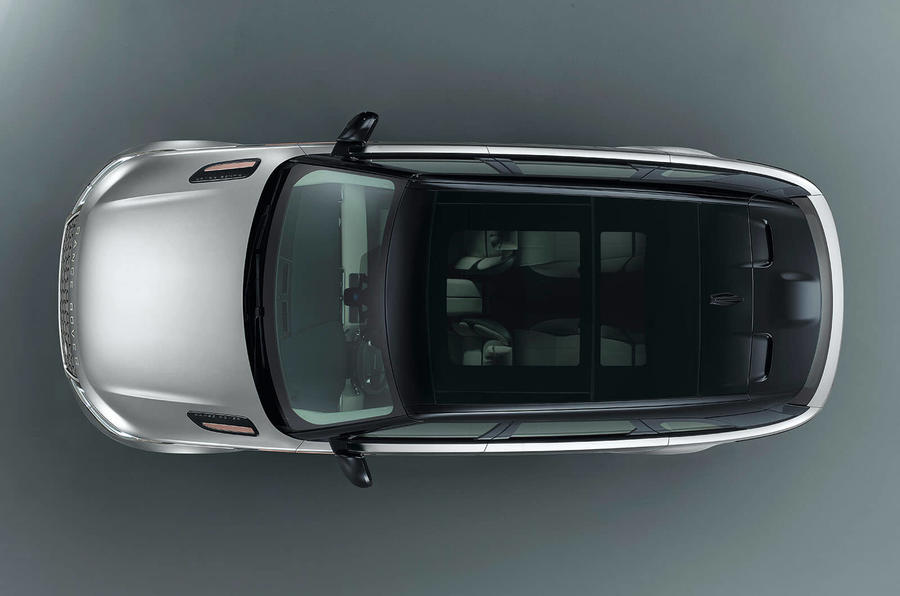
Despite the Velar’s more stripped-back look, McGovern doesn’t consider it to have a new design language but instead regards it as an evolution. “The newest thing will always look the most modern,” he said. “It’s just progression.”
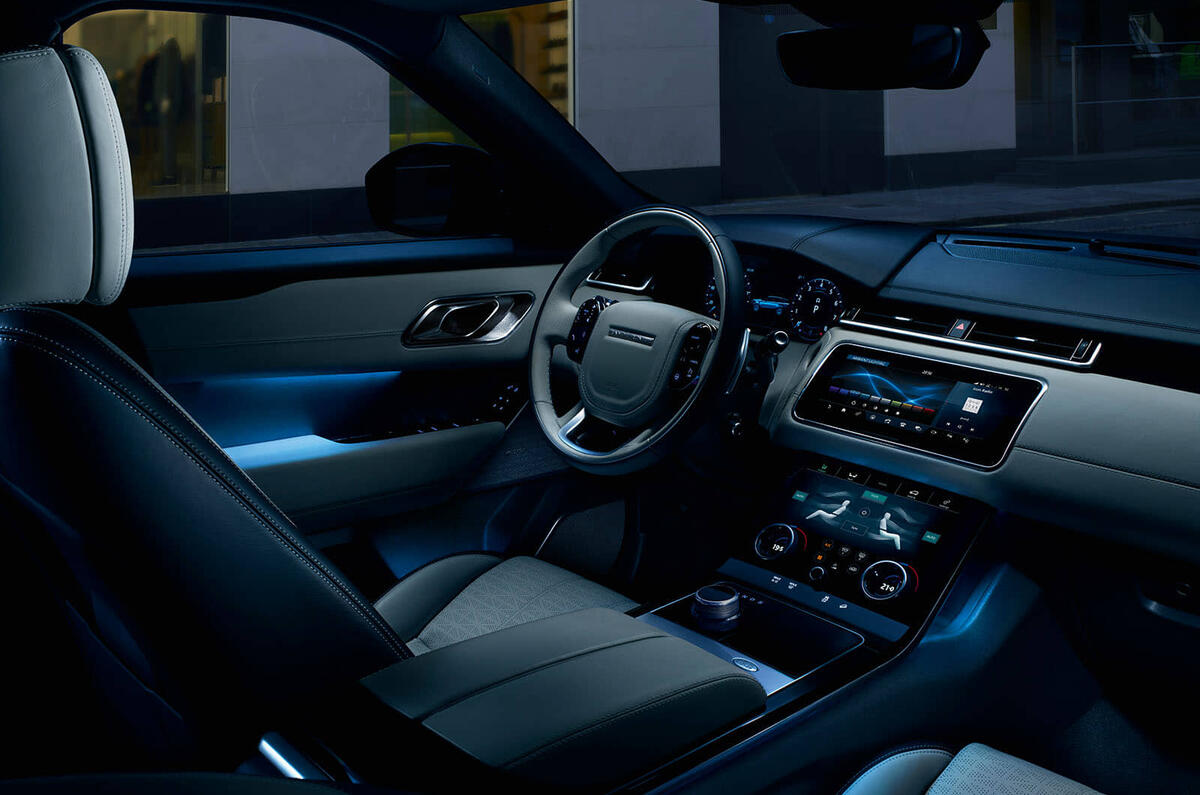
Among the Velar’s various trims, two distinct flavours stand out: a sportier-looking R Dynamic model and a plusher, more luxurious HSE.
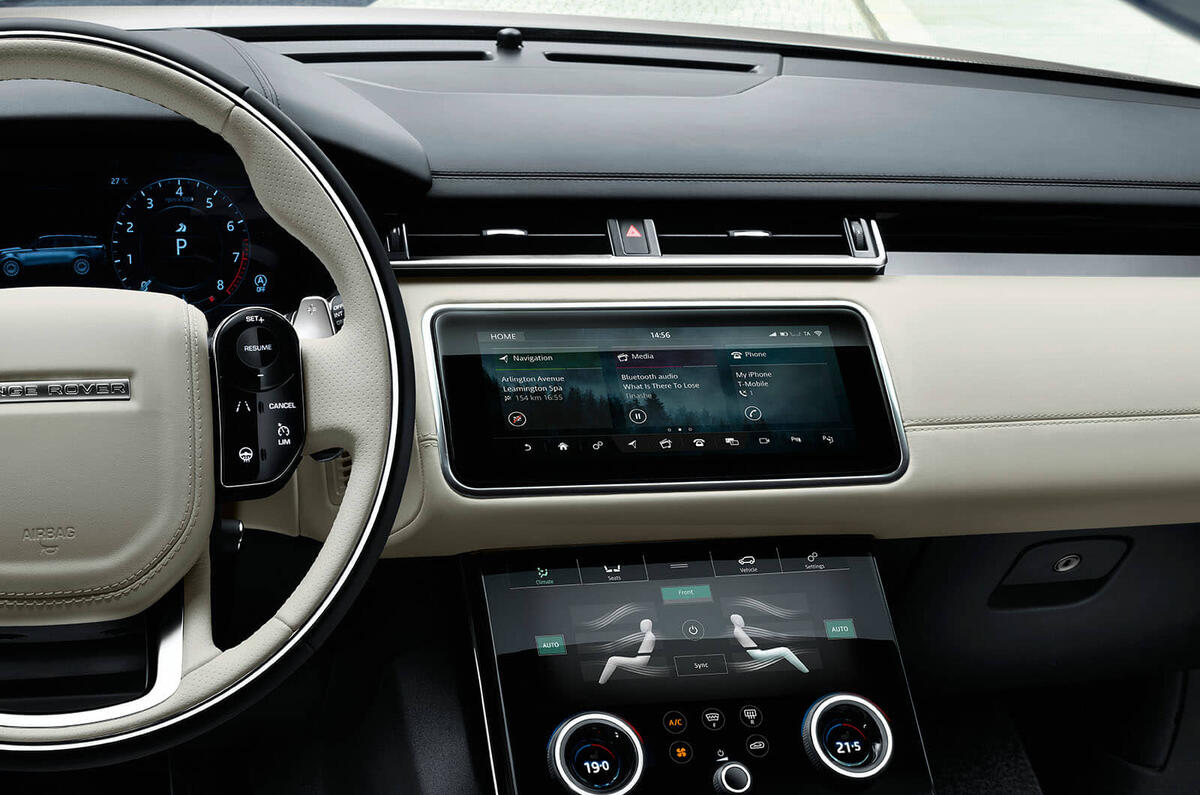
The key feature of the Velar’s interior is a new Touch Pro Duo infotainment system with two 10in touchscreens, described as “secret till lit”.
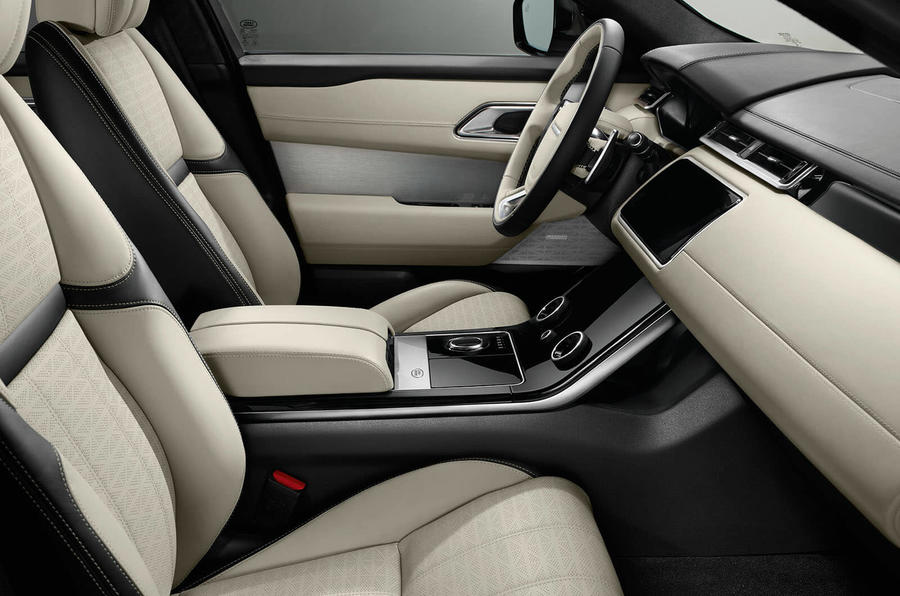
The car’s chief engineer, Kevin Stride, said the interior had been designed around these screens. The brief was to get rid of as much switchgear as possible while still making it usable and engaging.
The all-new Range Rover Velar, the fourth member of an expanded Range Rover family, is described by its chief designer as the most “car-like” model the off-road brand has produced.
On show at the New York motor show, the Velar is underpinned by the same technology as the similarly sized Jaguar F-Pace. It will slot between the Evoque and Range Rover Sport in Land Rover’s range.
Pricing for the Velar
The Velar will be priced from £44,830 and go on sale this summer. Land Rover’s new Porsche Macan rival is called “the most car-like Range Rover we’ve done so far, but just as capable” by Land Rover design director Gerry McGovern. “It’s a new type of Range Rover for a new type of customer,” he added.
Since releasing a so-called teaser image one week ago - a picture of the Velar from above with a panoramic sunroof showing some of the dashboard and screen set-up - 40,000 customers have registered interest in the model with 12,000 of those in the UK, according to Land Rover.
The car also ushers in a new, more high-tech Land Rover interior design that is expected to be rolled out across the rest of the range as the next generation of models is introduced.
The Velar shares its 2874mm wheelbase and aluminium architecture with the F-Pace, alongside which it will be built at the Solihull plant of Jaguar Land Rover (JLR).
Unlike the F-Pace, the Velar is all-wheel drive only and comes with Land Rover’s full suite of off-road technology, including Terrain Response 2. Wade depth is 650mm. The Velar is also a touch longer than the F-Pace, at 4.8m.
While the model is fully capable for off-roading, it has been developed as the most road-biased model yet in the Range Rover line-up. "As a mid-sized SUV, it has less inertia [than larger models in the line-up]," said David Doody, vehicle programme director. "It's a lot more agile. The intention is that it's a lot more sporty than a full Range Rover."
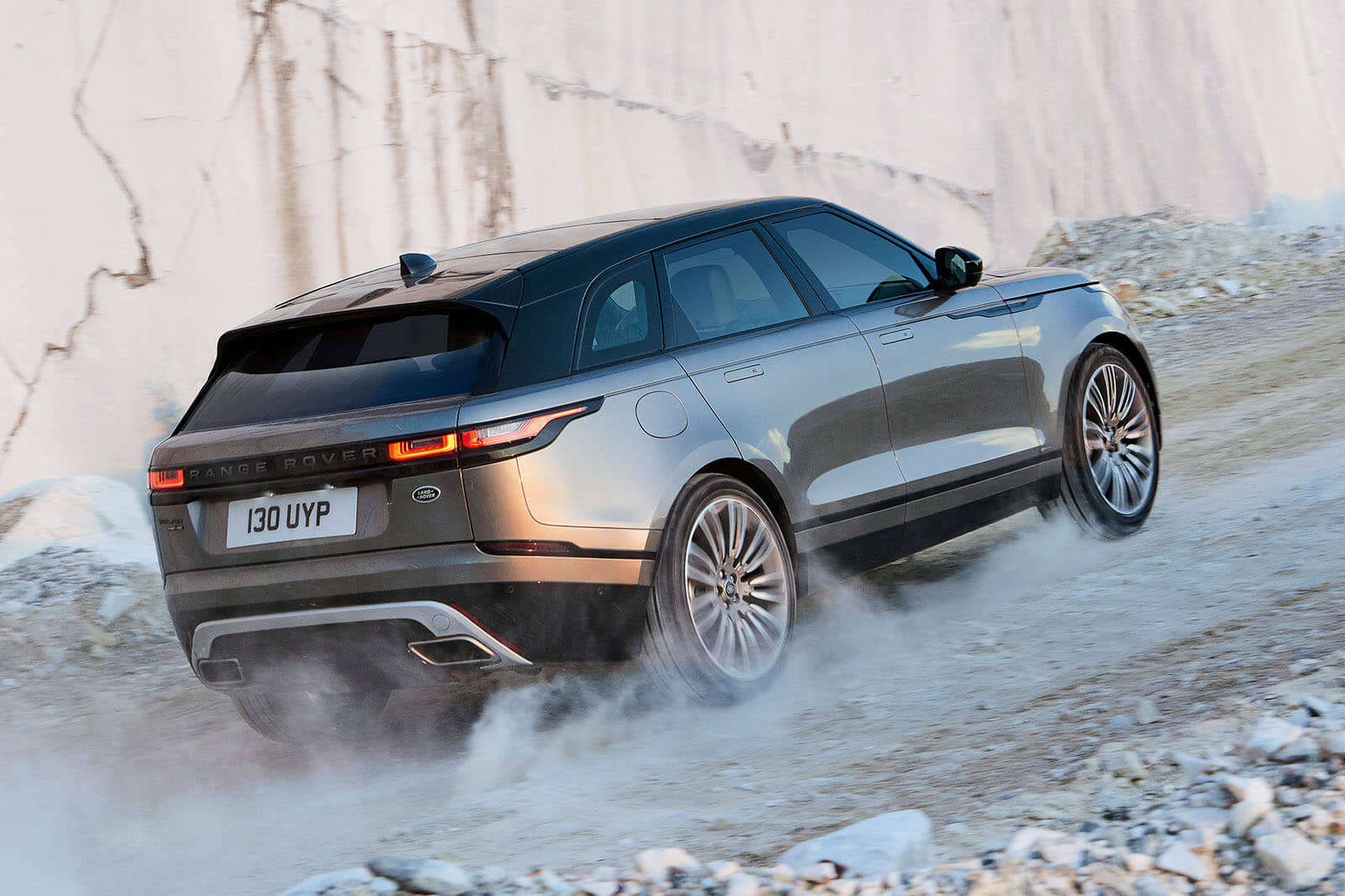
Velar engine specs include range-topping V6 petrol and diesel
Buyers will be able to choose from six engines, each driving through an eight-speed automatic gearbox. There’s a base 2.0-litre four-cylinder Ingenium diesel unit in 178bhp and 237bhp guises. The entry-level petrol engine is a new 2.0-litre Ingenium unit with 247bhp. A more potent 296bhp version of this engine will follow by the end of this year.
The V6 range-toppers are 296bhp diesel and 375bhp petrol engines. The petrol V6 is supercharged — the only non-turbo engine in the range — and will power the Velar from zero to 60mph in 5.3sec.
At the other end of the scale, the entry-level diesel is the most efficient, with CO2 emissions of 142g/km.
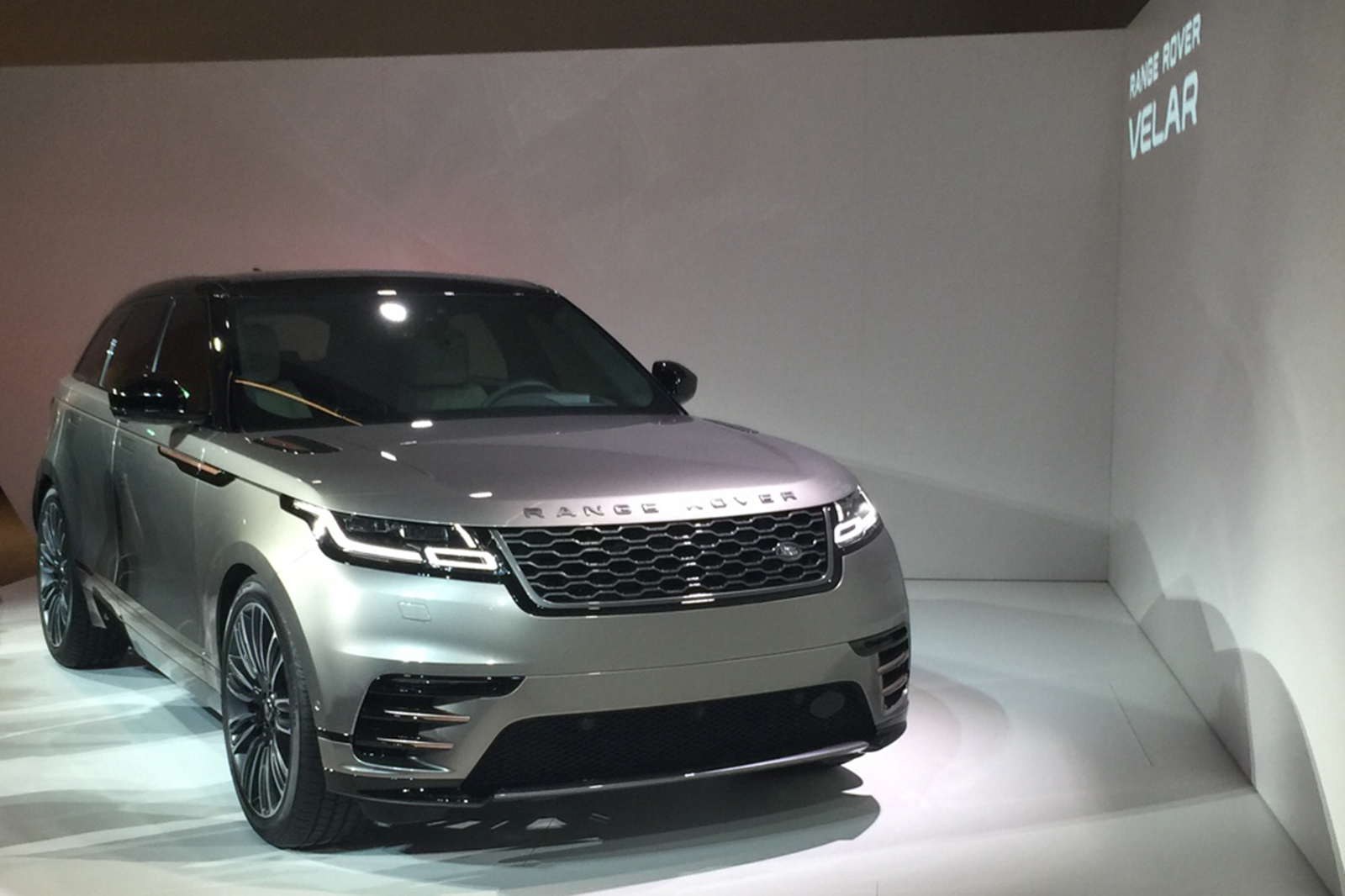
In time, JLR’s Special Vehicle Operations (SVO) arm is expected to turn out its own versions of the Velar. McGovern said SVO would typically create one special model per range, as seen with the potent SVR version of the Range Rover Sport and the more luxurious SVAutobiography version of the Range Rover.
However, McGovern said the Velar’s broad remit and character potentially allowed for both more luxurious and sporting versions of the Velar.
McGovern called the Velar’s look a “masterclass in design reduction”. He said: “It’s reduction by design and engineering. If something is on the car, you take it off and it makes no difference, it shouldn’t be there anyway.”
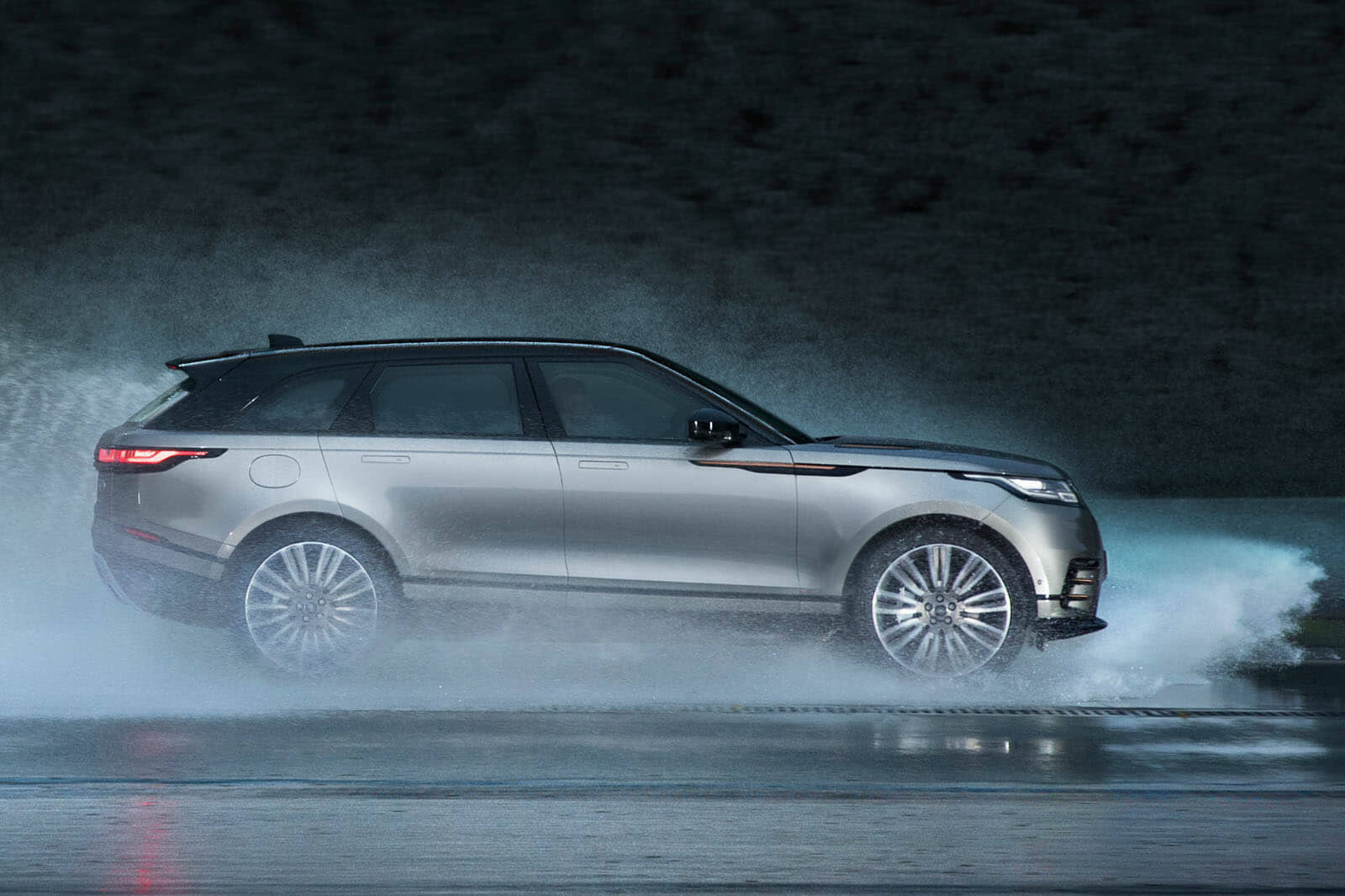
McGovern said the Velar is the most aerodynamic Land Rover yet and its design has changed little in the three years since it was first presented internally. "The real test [of good car design] is the transition from a concept car to production, and how much the design is diluted. With the Velar, it has hardly changed at all, even less so than was the case with the Evoque."
Despite the Velar’s more stripped-back look, McGovern doesn’t consider it to have a new design language but instead regards it as an evolution. “The newest thing will always look the most modern,” he said. “It’s just progression.”
Among the Velar’s various trims, two distinct flavours stand out: a sportier-looking R Dynamic model and a plusher, more luxurious HSE. For the first year of production, Land Rover will offer an £85,450 First Edition that’s even more luxurious than the HSE. The cost of that model, almost double the price of the entry-level version, shows how broad the Velar’s market coverage is. The typical purchase price is expected to be about £61,000.
Velar interior includes two 10in touchscreens
The key feature of the Velar’s interior is a new Touch Pro Duo infotainment system with two 10in touchscreens, described as “secret till lit”. Between them, these configurable displays reduce switchgear to an absolute minimum, while the lower part of the centre console ahead of the gear and Terrain Response selectors is turned into a screen itself.
The car’s chief engineer, Kevin Stride, said the interior had been designed around these screens. The brief was to get rid of as much switchgear as possible while still making it usable and engaging.
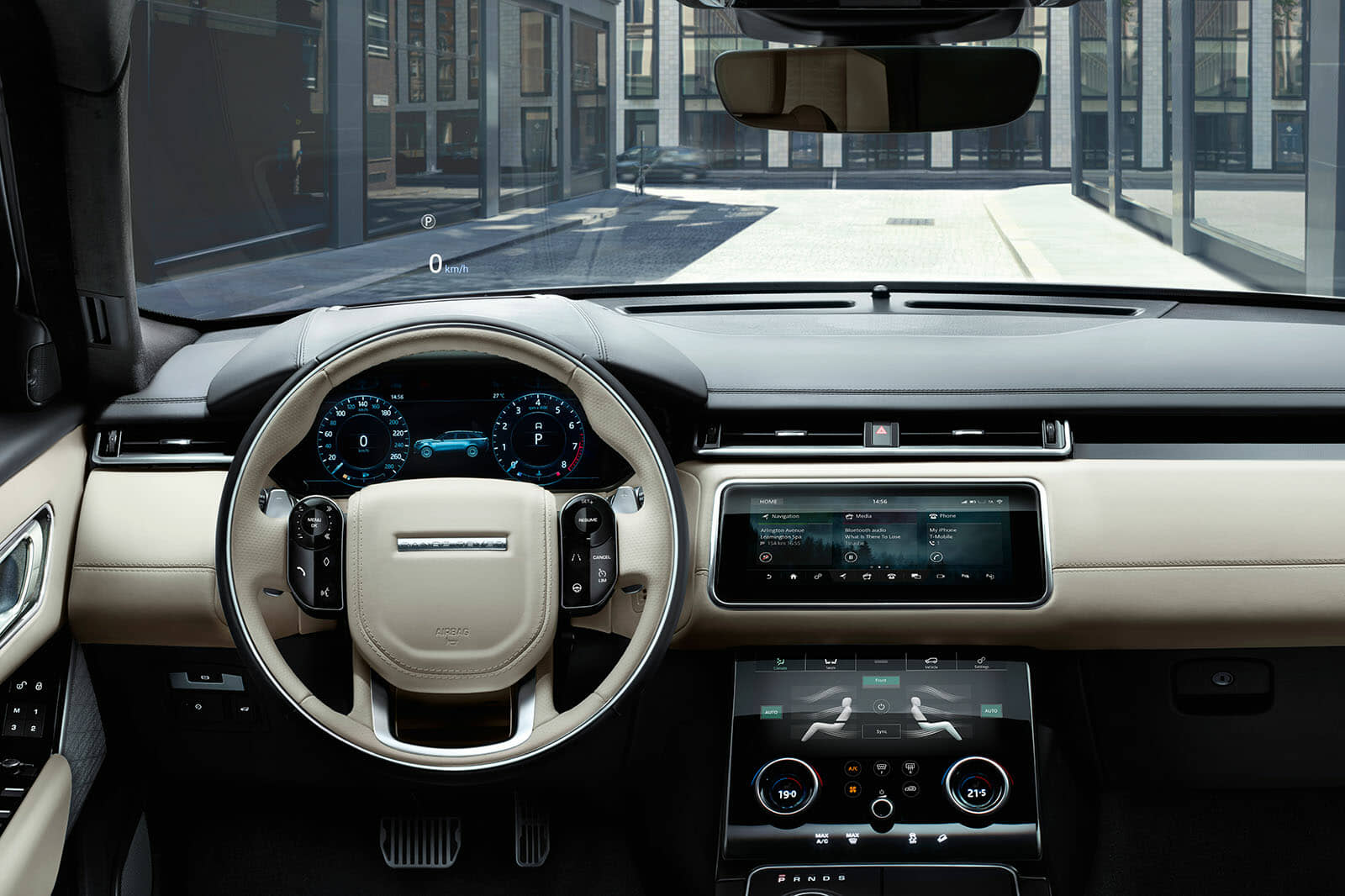
Stride said the more conventional upper touchscreen housed less frequently changed information, which is the opposite of the lower screen. However, the system is fully configurable, with the lower screen given “lightning-fast responses” to ensure there is no lag in functions traditionally controlled by a button.
Integrating all of the screens into the design has created a far more modern look, and it’s backed up with technology such as a wi-fi hotspot for up to eight devices.
Land Rover also claims the Velar is the most practical car in its class, with a set of key rivals across the range’s price band identified as BMW’s X4 and X6, the Macan and Mercedes-Benz’s GLE. The boot capacity is a claimed 673 litres and the rear seats split 40/20/40. Stride said there is plenty of leg- and head-room in the back "even with the sliding roofline". There are also powered reclining rear seats.
A wide range of trims and colour schemes is offered on the Velar, including a new Premium Textile one, which removes all leather from the cabin in response to a growing number of customers wanting a premium alternative to leather for greater sustainability.
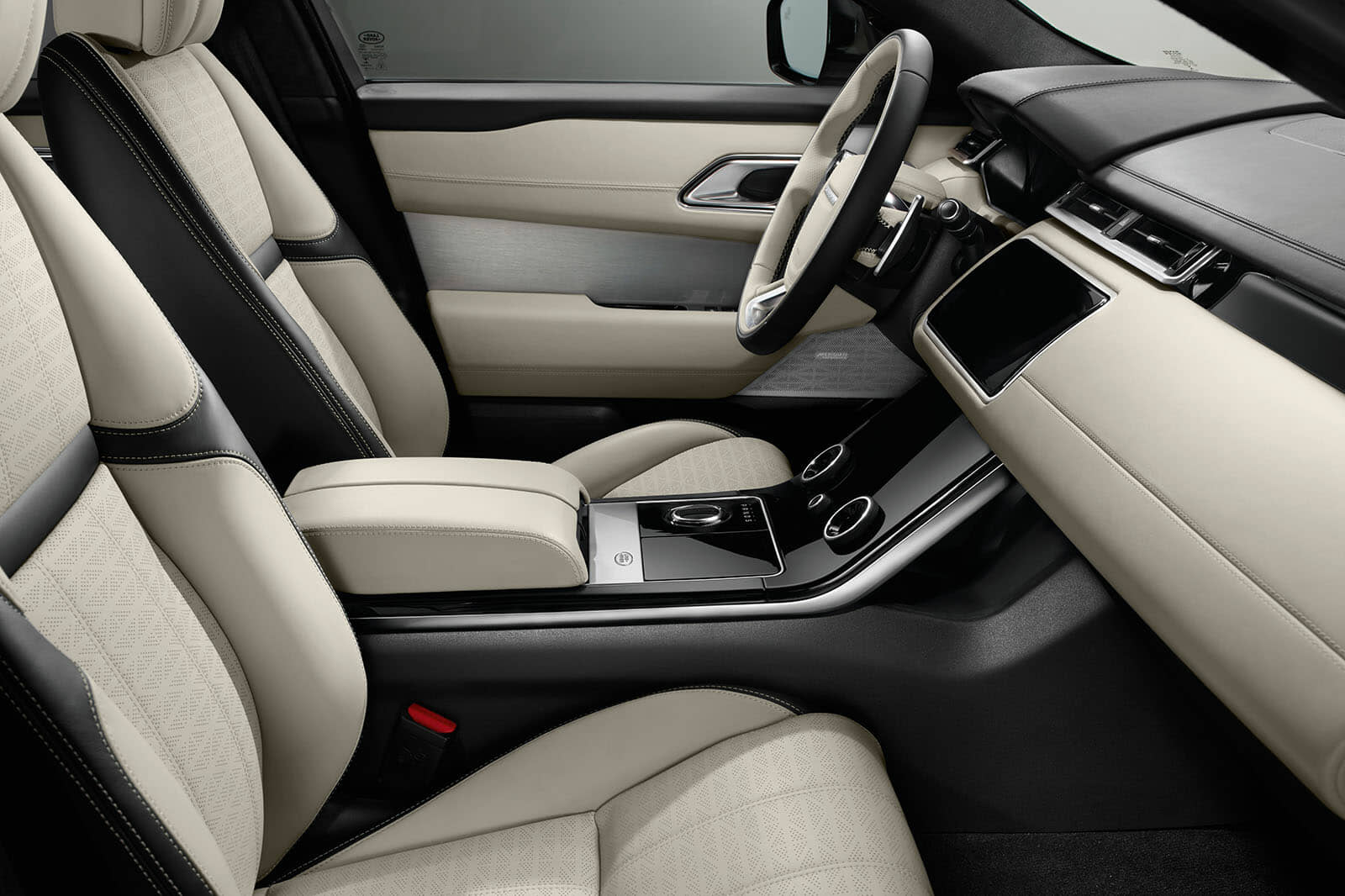
Other tech highlights include laser spotlights, touchpads on the steering wheel to control certain key interior and driving functions, an active rear locking e-differential and gesture control to open the tailgate.
A Torque Vectoring by Braking system is standard on the Velar, which has double-wishbone front and integral-link rear suspension. Air springs are standard on V6 cars and optional on the more powerful four-cylinder models.
Key to the Velar’s dynamic credentials is a system called Configurable Dynamics, which allows for stiffer suspension, improved throttle response and reduced assistance for the power steering. It’s standard on the First Edition and optional across the rest of the range.
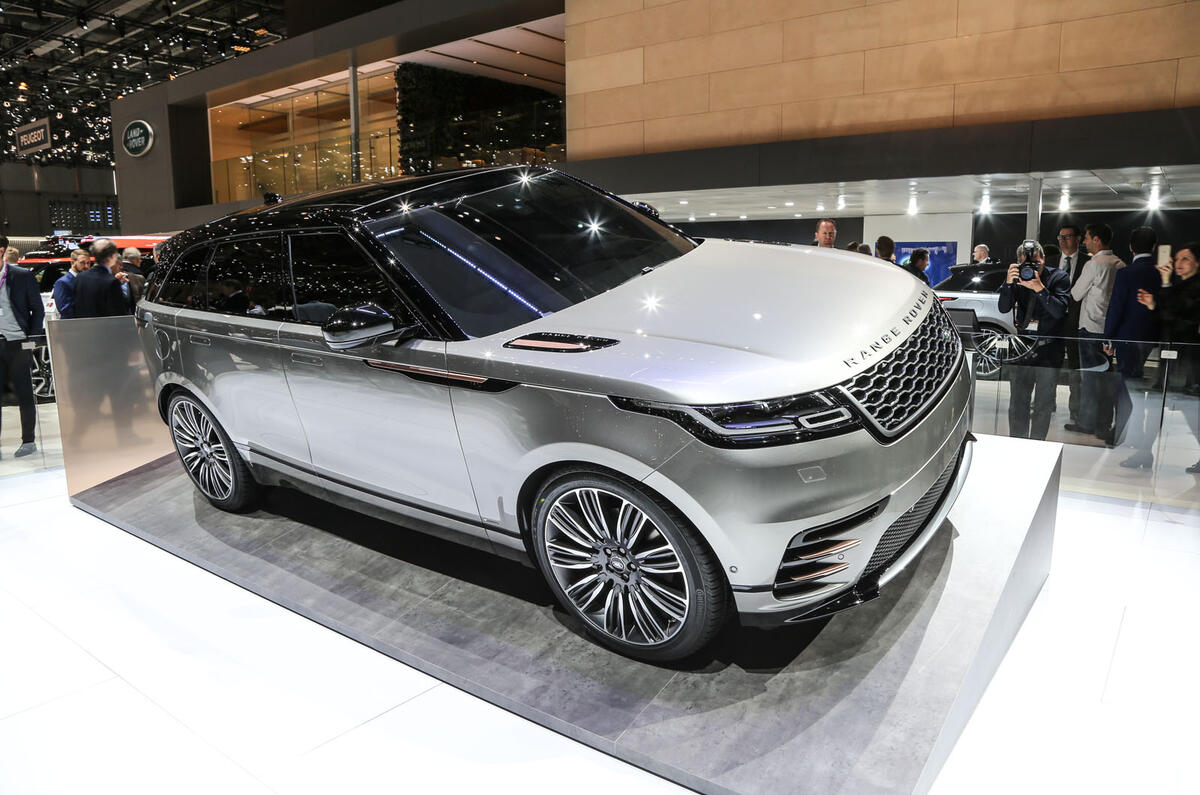






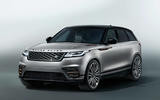

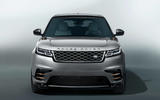
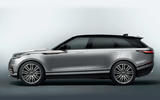
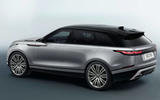
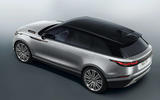
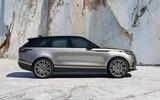
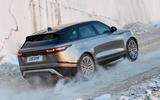
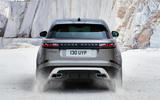
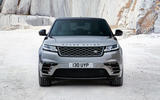
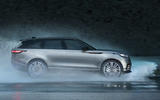
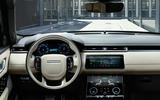
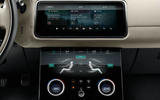
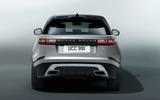
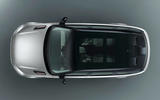
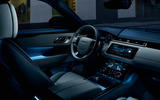
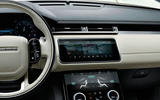
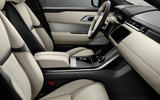



Post a Comment